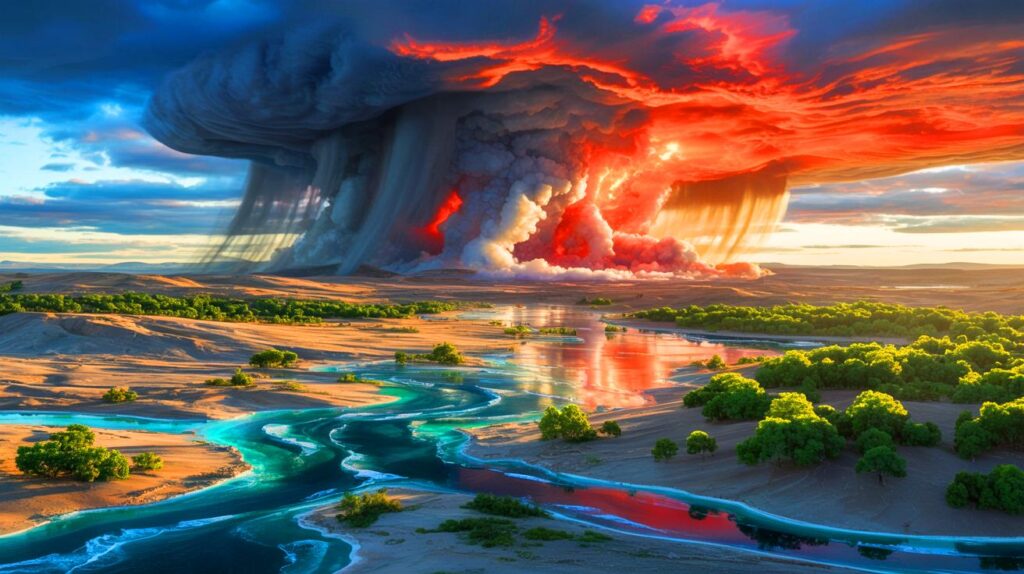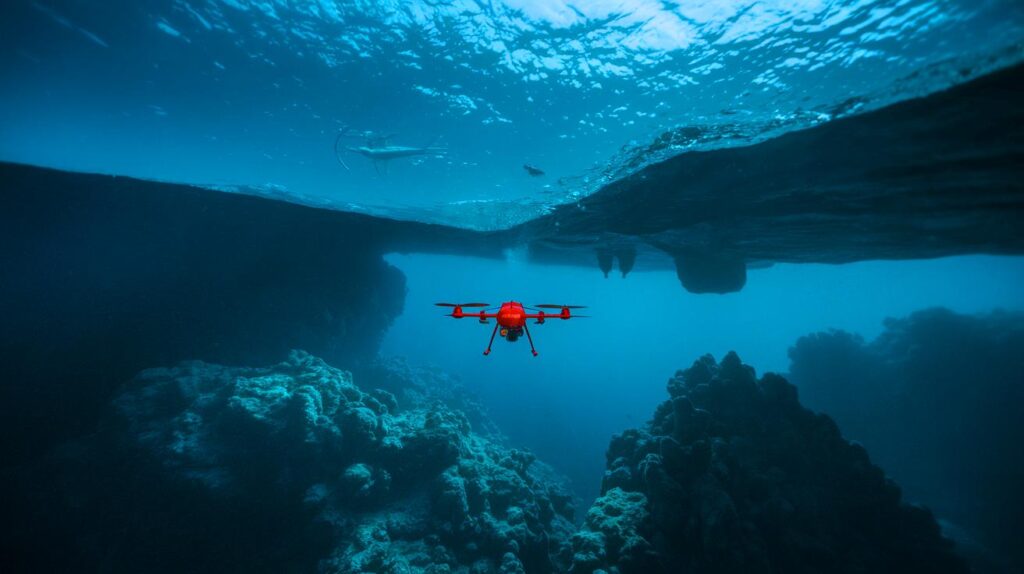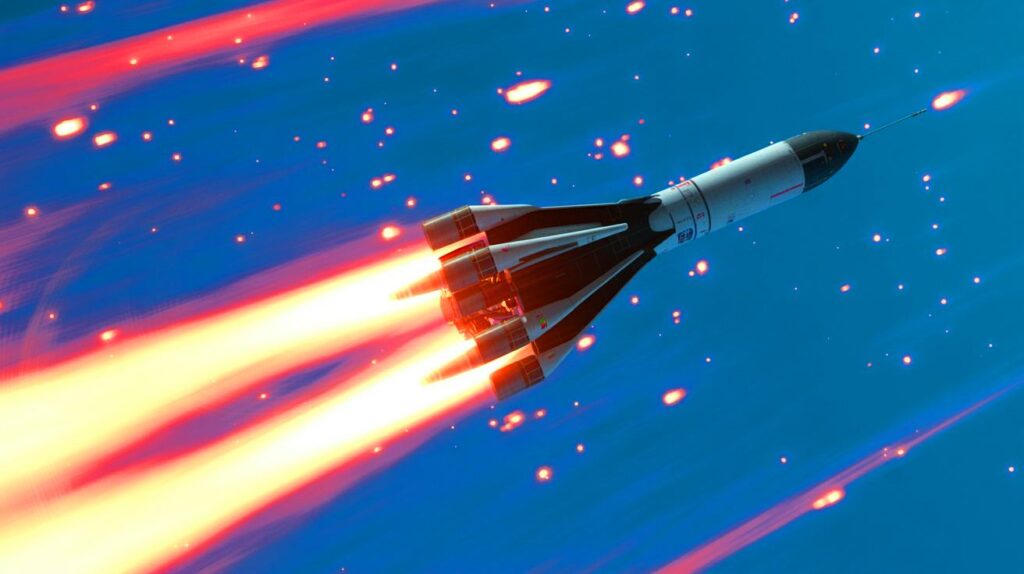| In Brief |
|
The apparent stability of our blue planet can be misleading. While Earth seems like a safe haven in the vastness of the universe, the threats to its future are becoming increasingly alarming. Scientists are questioning the sustainability of life on Earth in the face of growing challenges such as climate change and the depletion of natural resources. What do scientific data really tell us about the potential duration of life on Earth, and what should we prepare for?
The Current Threats: The Impact of Humans on the Planet
Human activities are the most significant threat to our planet today. Since the Industrial Revolution, the pressure on the environment has been steadily increasing. Greenhouse gas emissions, deforestation, and pollution are key factors that are progressively turning Earth into a less and less viable living space. The rapid degradation of our natural environment is alarming, and the consequences are already visible through extreme weather events such as heatwaves and floods.
Global biodiversity is also suffering from this pressure, with an accelerating extinction rate of species at an unprecedented pace. This loss of biodiversity is not only tragic for ecosystems, but it also threatens humanity’s survival. It is urgent to recognize the impact of our actions and find solutions to reverse these destructive trends.
A Distant Future: The Earth Will Transform into a Fiery Hell
The long-term outlook for our planet is even more alarming. Researchers like Alexander Farnsworth have modeled future conditions on Earth, suggesting that in 250 million years, the planet may become uninhabitable for mammals. Temperatures could reach extreme levels, ranging from 40 to 70 °C, due to increasing solar brightness and a high concentration of carbon dioxide.
At the same time, the formation of a new supercontinent located in the tropics could exacerbate these extreme conditions. The Earth could become a place where life as we know it would be impossible. These predictions highlight the necessity to rethink our relationship with our environment to avoid such a disastrous future.
The Extinction of Oxygen: An Even Greater Threat
Another unsettling scenario concerns the gradual disappearance of oxygen. As the Sun becomes brighter and carbon dioxide is depleted, photosynthesis, which generates the vital oxygen for animal life, could become impossible. Kazumi Ozaki and Christopher Reinhard have studied this phenomenon, predicting that it could occur in about a billion years.
The disappearance of oxygen would lead to a massive extinction of life forms dependent on this gas. In just 10,000 years, Earth could revert to an atmosphere resembling what it had 2.5 billion years ago, rich in methane and poor in oxygen. Such a change would be catastrophic for complex life, emphasizing the importance of developing strategies to ensure the resilience of our ecosystems.
The End of All Life on Earth: When the Sun Dies
In the very long term, the death of the Sun represents an inevitable cosmic threat to Earth. In 5 billion years, our star will transform into a red giant, potentially engulfing Earth in its expansion. Even if our planet were to escape this direct devastation, the extreme heat during this phase would destroy all remaining oceans, eradicating any remaining life.
This scenario, while far off, serves as a reminder of the fragility of our existence on Earth and the importance of understanding the cosmic cycles that influence our planet. The end of Earth is indeed far away, but it prompts us to reflect on our place in the universe.
The Possibility of Survival in Other Life Forms
Despite these bleak prospects, life could persist in other forms. Anaerobic microorganisms, capable of living without oxygen, might dominate a post-apocalyptic world. These organisms, adaptable and resilient, could occupy the ecological niches left vacant by extinct species.
Although this may not resemble the lush life we know, this idea offers a glimmer of hope for continuity of life. Earth, although transformed into a hostile environment, could still host a form of life, demonstrating once again the incredible adaptability of living organisms. How can we draw inspiration from this resilience to protect life on Earth today?







